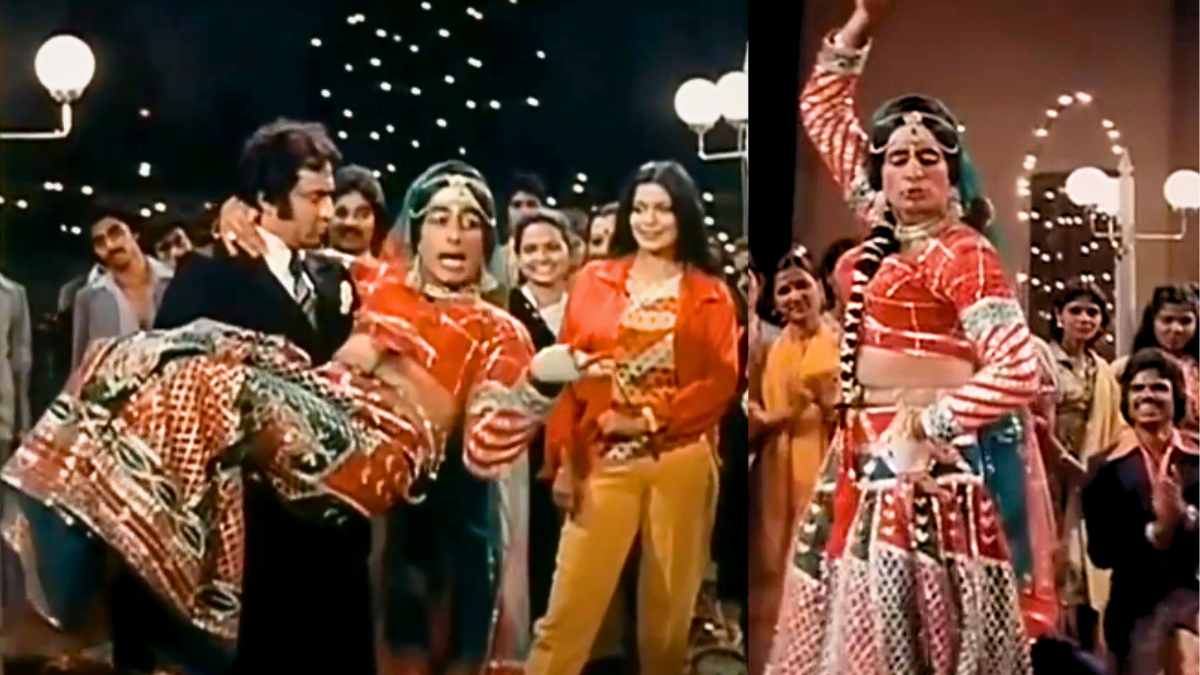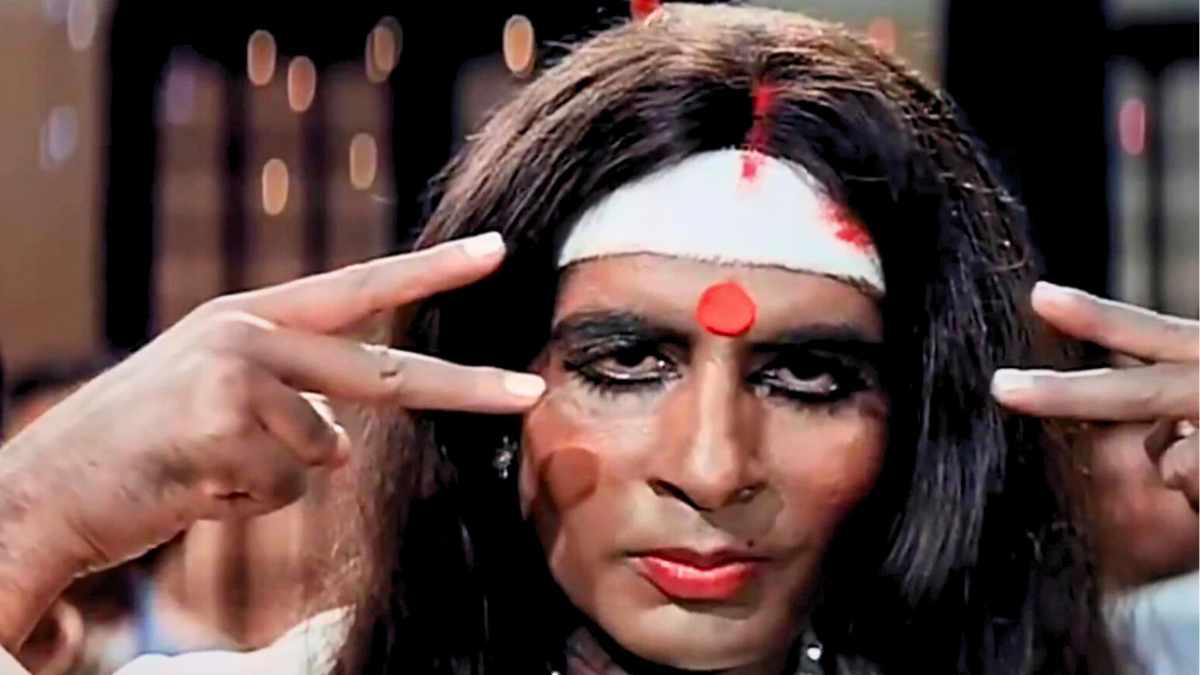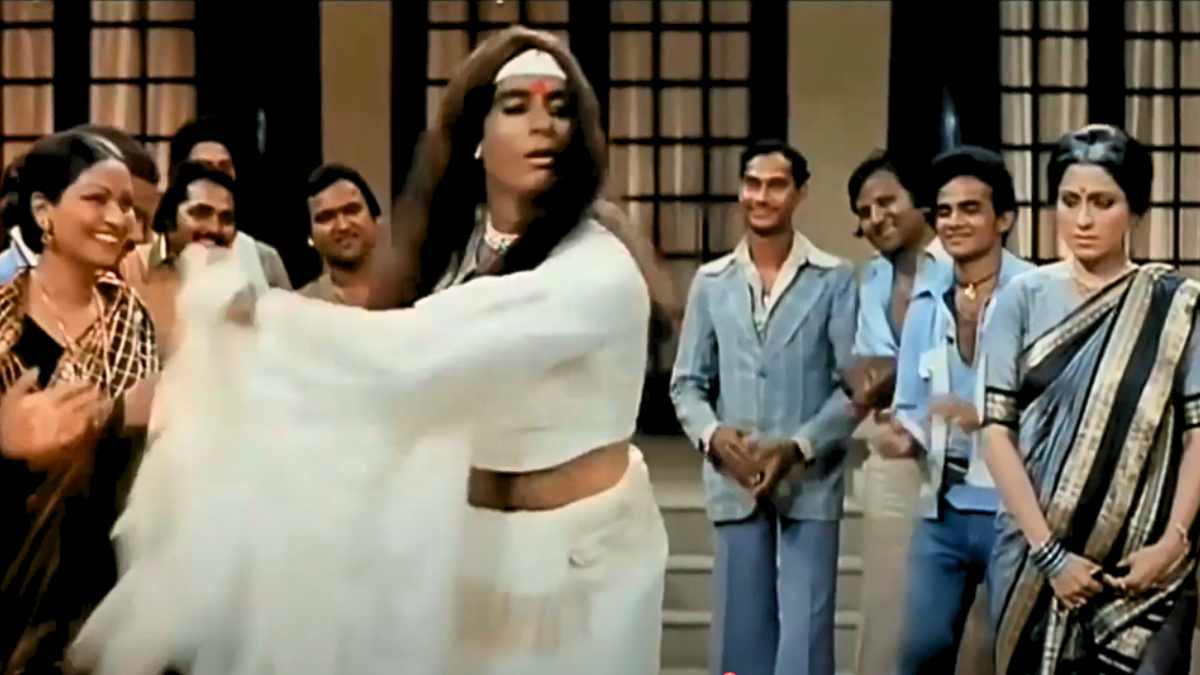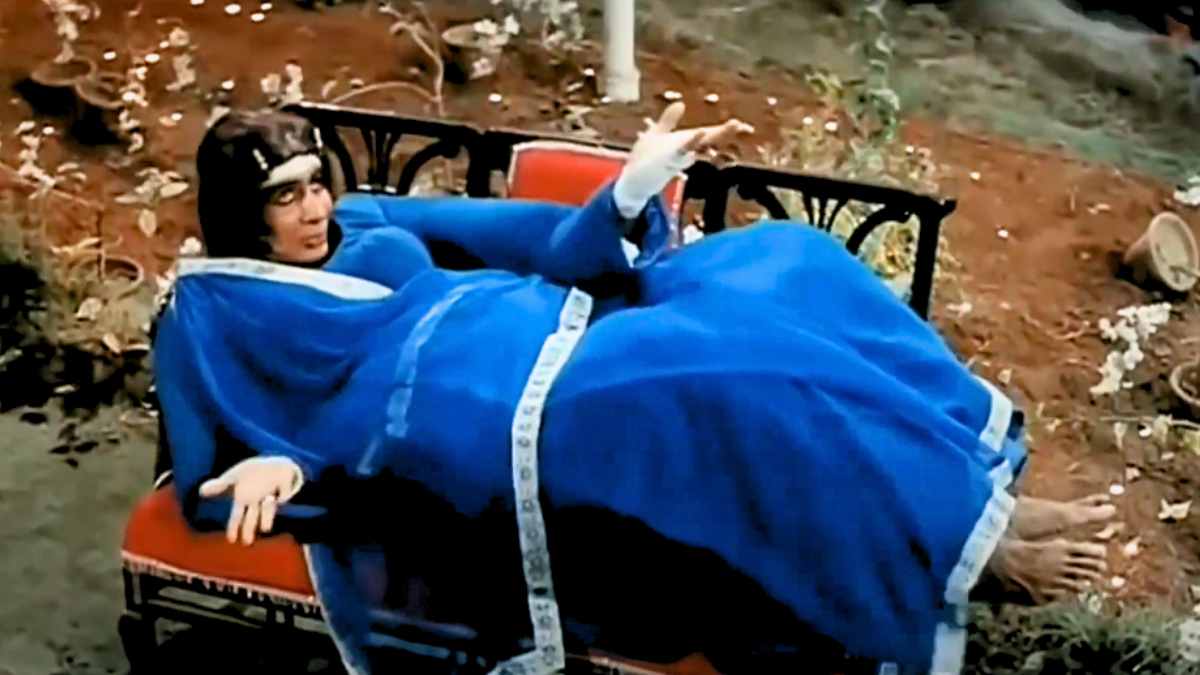“Mere Angne Mein”, the iconic song from the 1981 film Laawaris, sung and performed by the legendary Amitabh Bachchan, has long been considered a fun and memorable piece of Bollywood history. Often played during festivities and humorous dance performances, the song was celebrated for its catchy lyrics and quirky presentation. But a closer look at the song through a modern lens reveals something deeply problematic; its heavy reliance on body shaming for comedic effect.

A breakdown of the lyrics
At its core, the song lists various stereotypical body types and characteristics of women — “kali,” “gori,” “lambi,” “naati,” “moti,” “patli” — with Bachchan’s character assigning each trait a mocking or satirical remark. What may have passed off as comedy in the 1980s, today reflects a stark example of ridicule aimed at physical appearances.
Each verse pokes fun at women based on their skin tone, height, or weight, subtly sending the message that women’s bodies are open to public judgment and humour.

Context vs content
In its time, Laawaris was known for its rebellious spirit and eccentric storytelling. “Mere Angne Mein” was framed as part of the protagonist’s drunken, carefree persona. But context cannot justify the content. The song doesn’t just highlight physical traits; it creates caricatures of women based on how they look; normalising humour at the expense of inclusivity and empathy.
What makes it even more glaring is how the song groups women solely by their outward appearance, offering no other dimension to their identity or personality.
This not only reinforces damaging stereotypes but also perpetuates a singular and superficial lens through which women are viewed in cinema.
The cultural impact
Songs like “Mere Angne Mein” may have seemed harmless or even entertaining in the past, but they played a role in shaping public attitudes. Normalising jokes on skin colour, body size or facial features contributed to internalised biases and societal pressures, particularly on women, to conform to certain beauty standards. Many who grew up with such content absorbed these messages without question, making body shaming a casual, accepted part of social discourse.

Revisiting classics with critical thought
While it’s easy to argue that the song is a “product of its time”, it’s important to note that art doesn’t exist in a vacuum. Cultural artefacts influence generations. Recognising problematic elements in popular media is not about censorship or erasing history; it’s about evolving conversations and acknowledging past oversights.
Amitabh Bachchan, a towering figure in Indian cinema, has since been part of many films that challenged stereotypes and promoted inclusivity. But revisiting earlier works like Laawaris with a critical eye allows us to better understand the deep-rooted issues that often went unchecked in mainstream entertainment.

